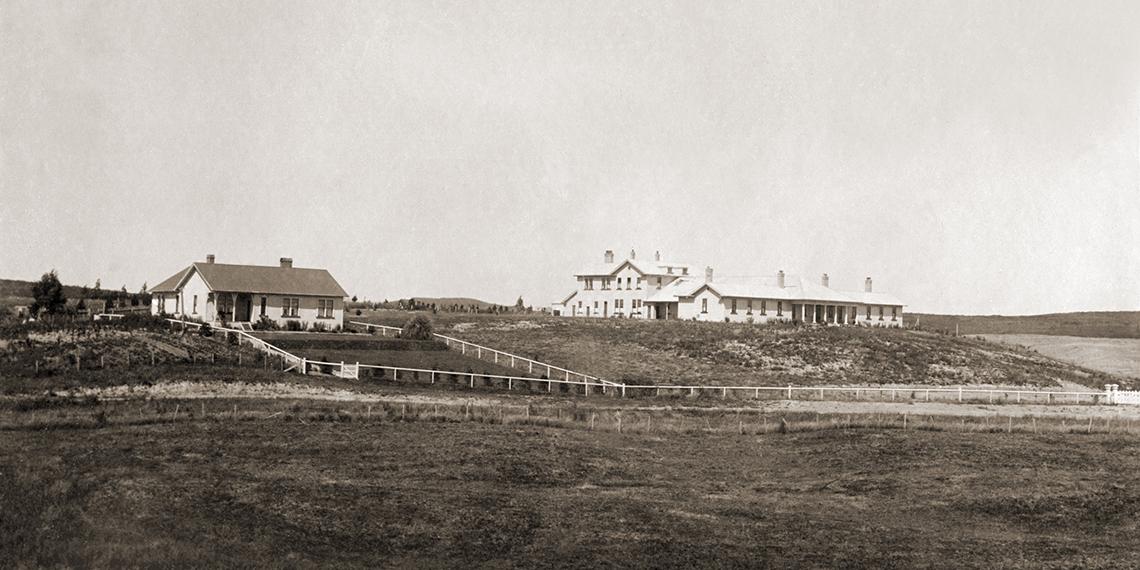You are here
Salvation and the sea

There was some softening of opinion towards migration to Australia and New Zealand in the years before World War One, assuming the right class of people were helped. So orphans and paupers who could become agricultural workers and domestic servants were acceptable.
During 1926 some 10,766 settlers arrived in New Zealand but an economic downturn saw changes to immigration schemes. From 1927 emphasis was placed on domestic servants, women who were either unmarried or married to previous arrivals and groups of teenagers. Some of the adolescents were sponsored by the Church of England or The Salvation Army. Others were children of seamen killed in World War One. This latter group consisted of teenagers of both sexes who learned farm work at Flock House. Other boys who migrated had either attended a British public school or received an Empire Exhibition Scholarship.
Young men sponsored by The Salvation Army were taught farming at Hadleigh, Essex before journeying to New Zealand in the company of officers. There they received further training at a farm near Putaruru in the central North Island, on 2,060 acres (833 hectares) of land donated by George Alexander and Ewen McGregor in 1917. Commandant Charles Fitness and Ensign William Fantham broke in the land and established a training farm with buildings gifted by Hawkes Bay residents Frederick and James Williams. In 1919 a boys’ home was also built on the farm, later to be known as Hodderville. Five hundred and sixty-four boys arrived under this juvenile immigration scheme. Major Greene was the young men’s guardian until they turned 21 at which time they received some money to help them live independently. Such payments were necessary as the government did not want migrants to become destitute and dependent on public welfare.